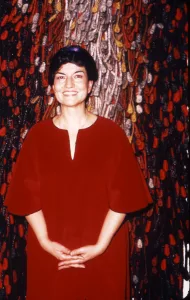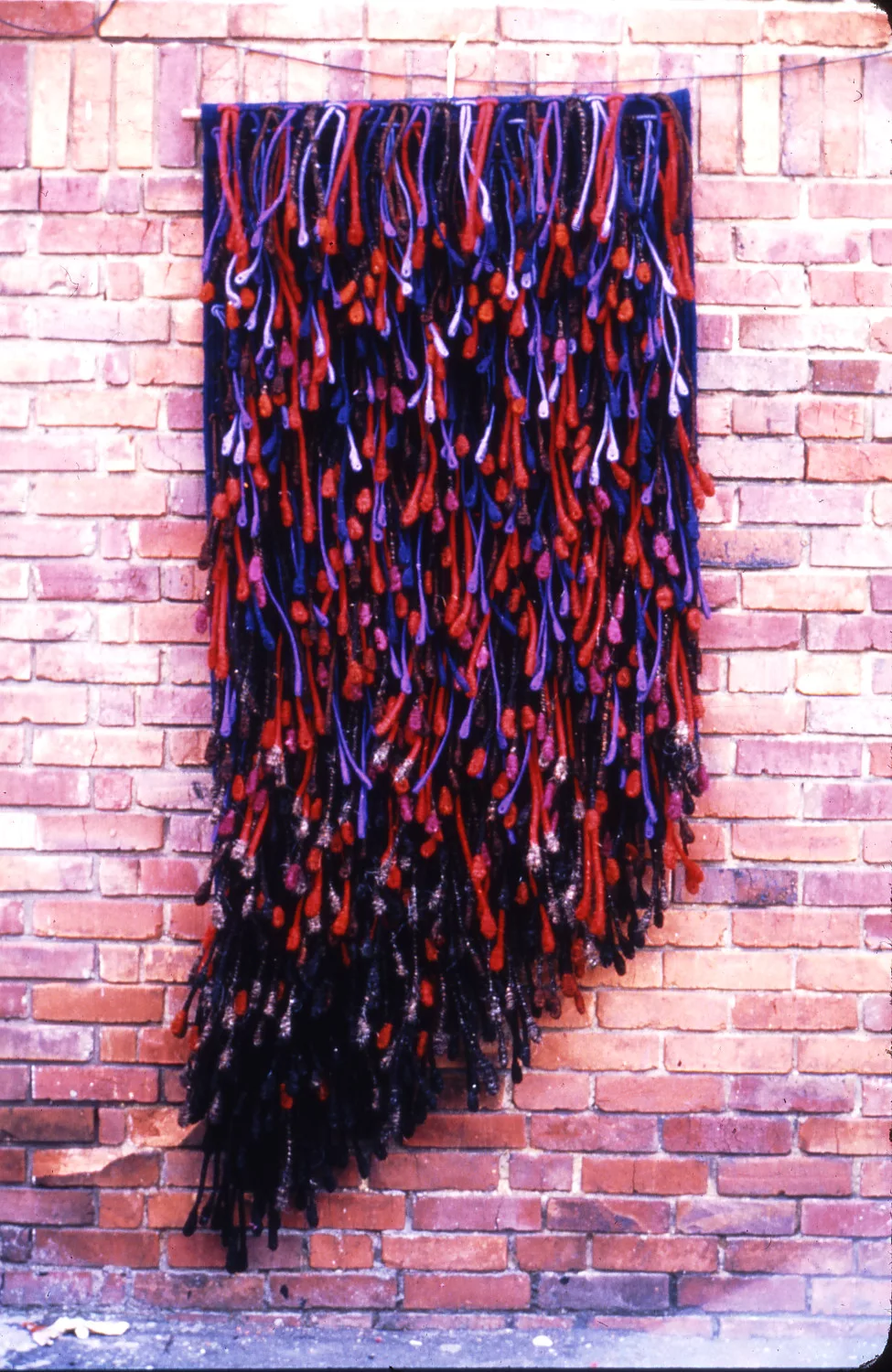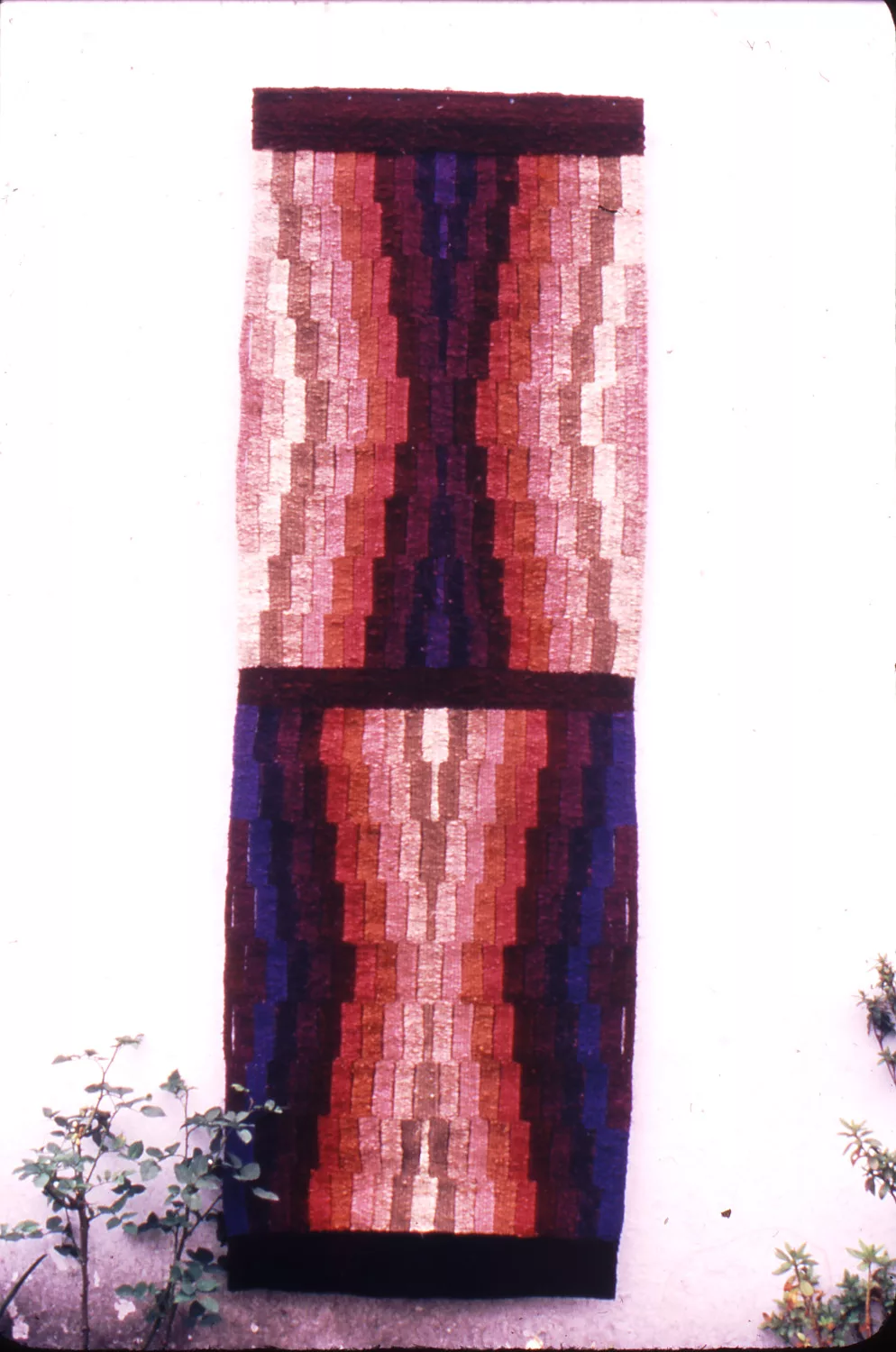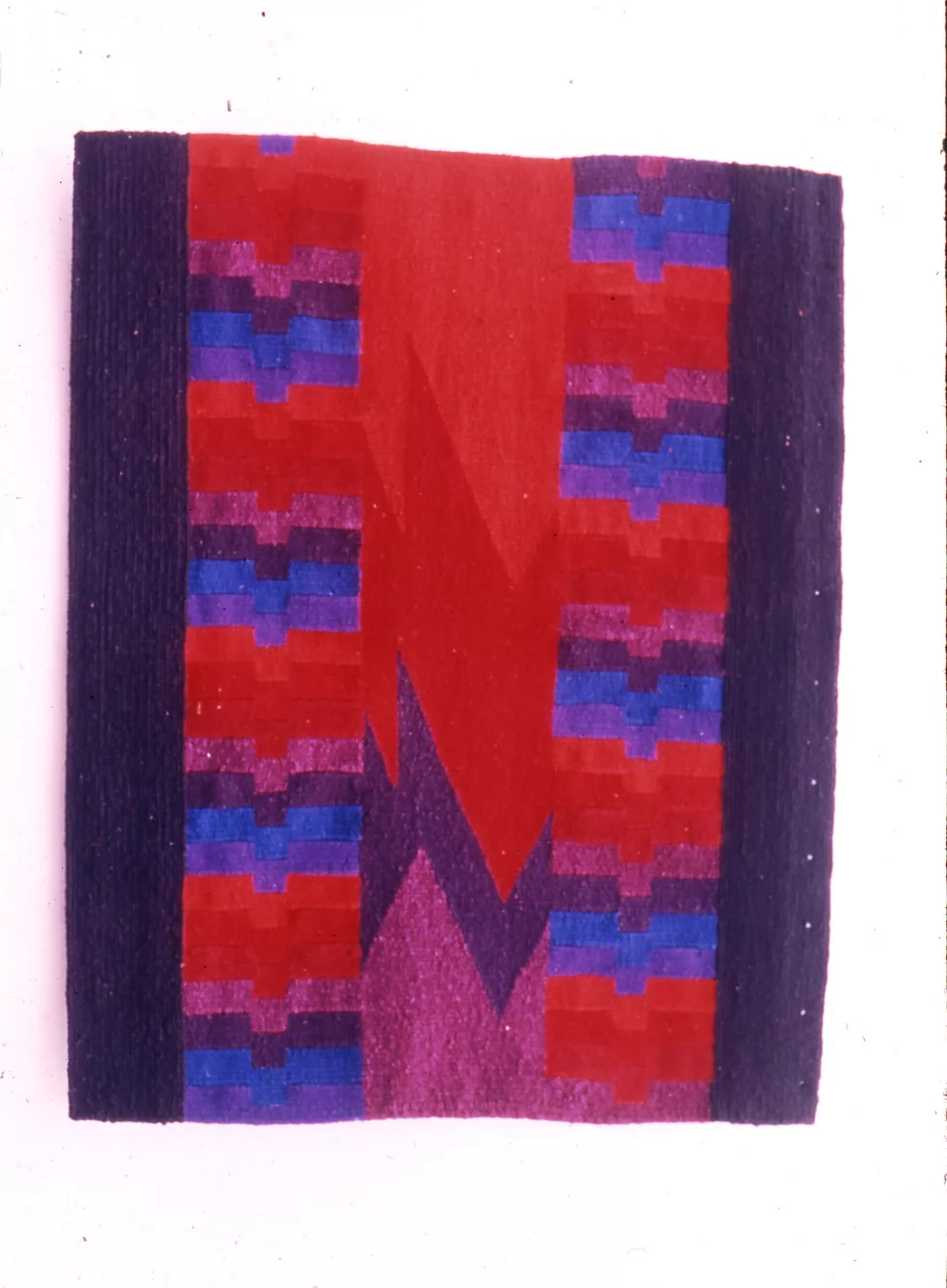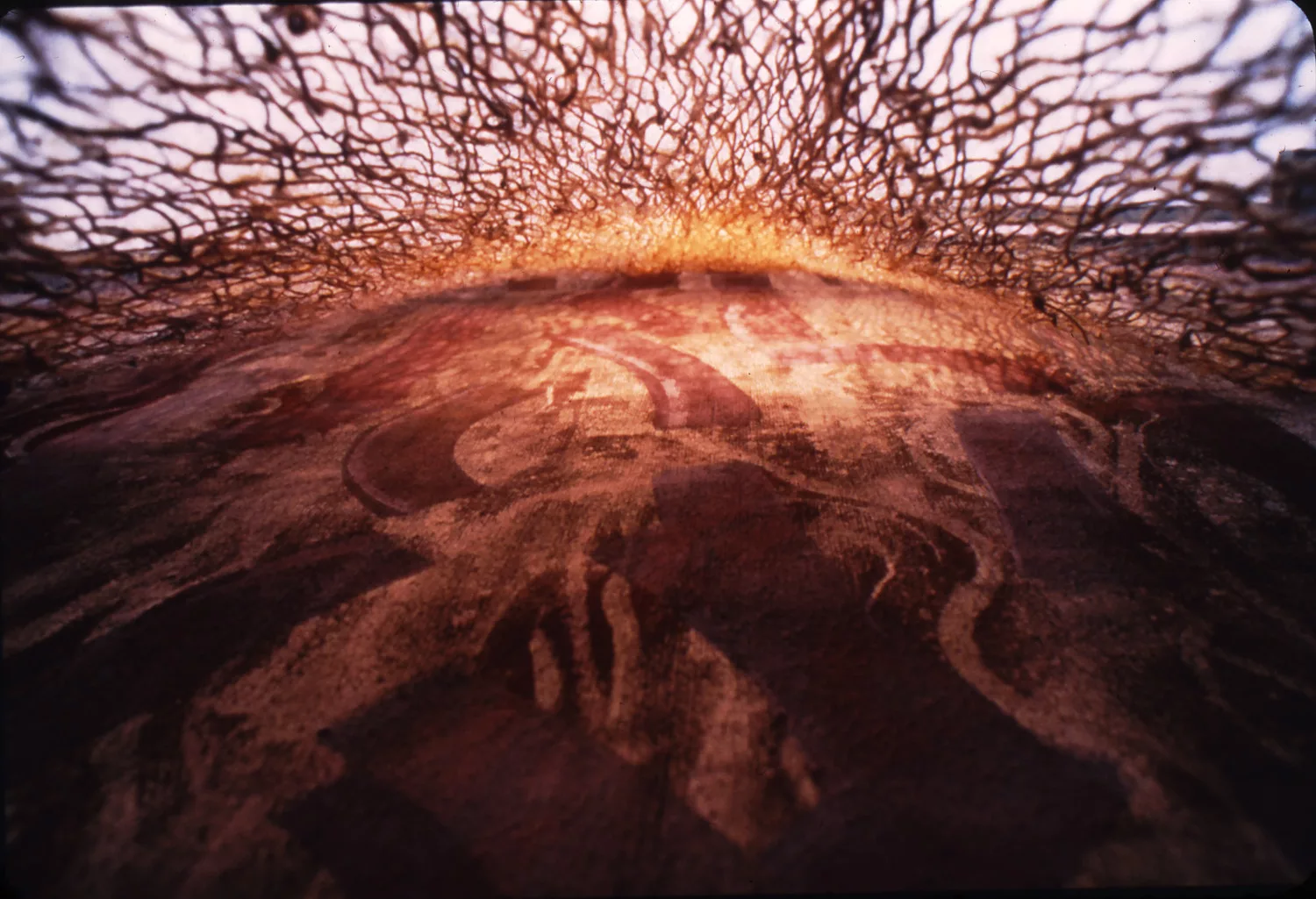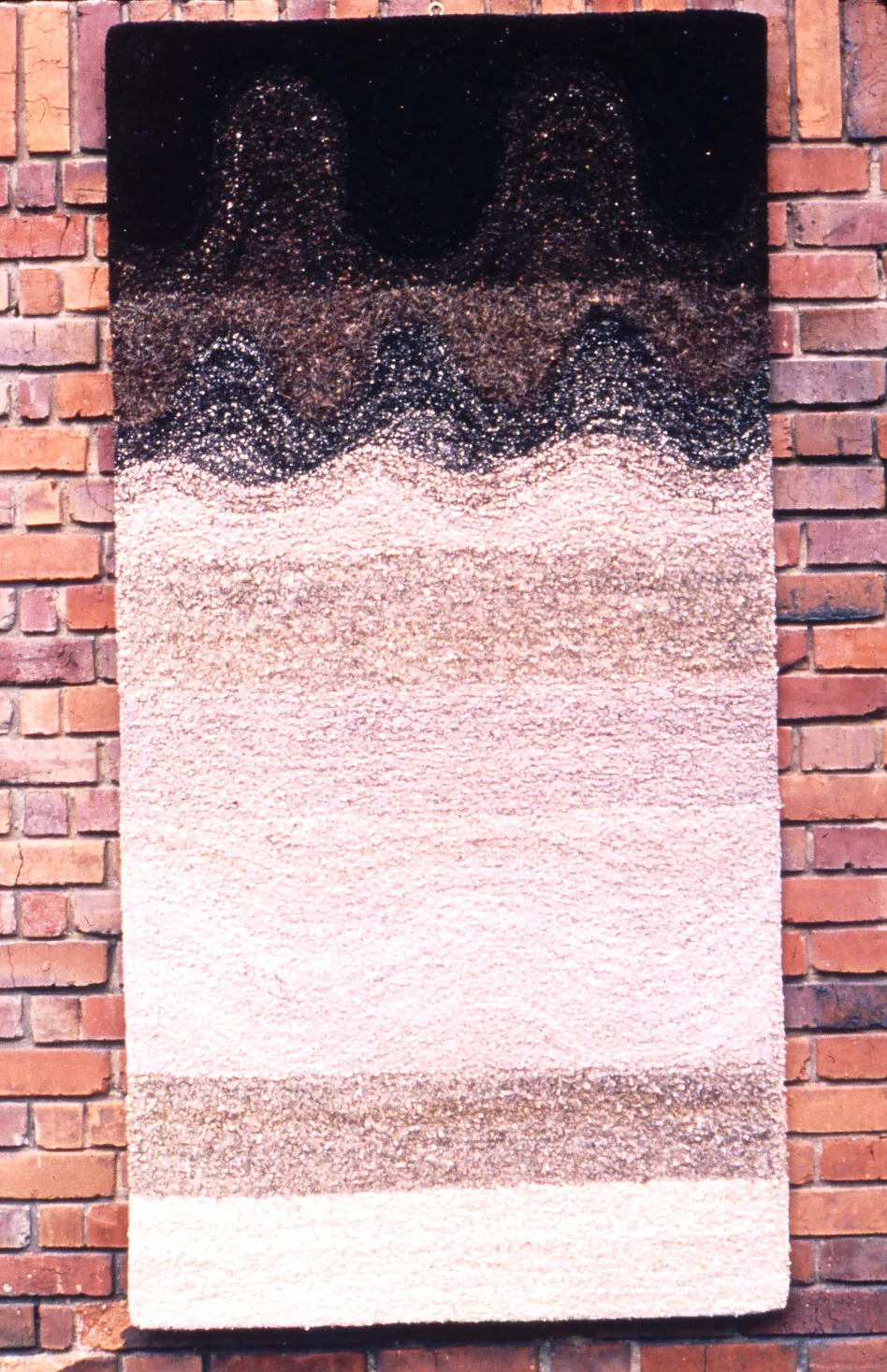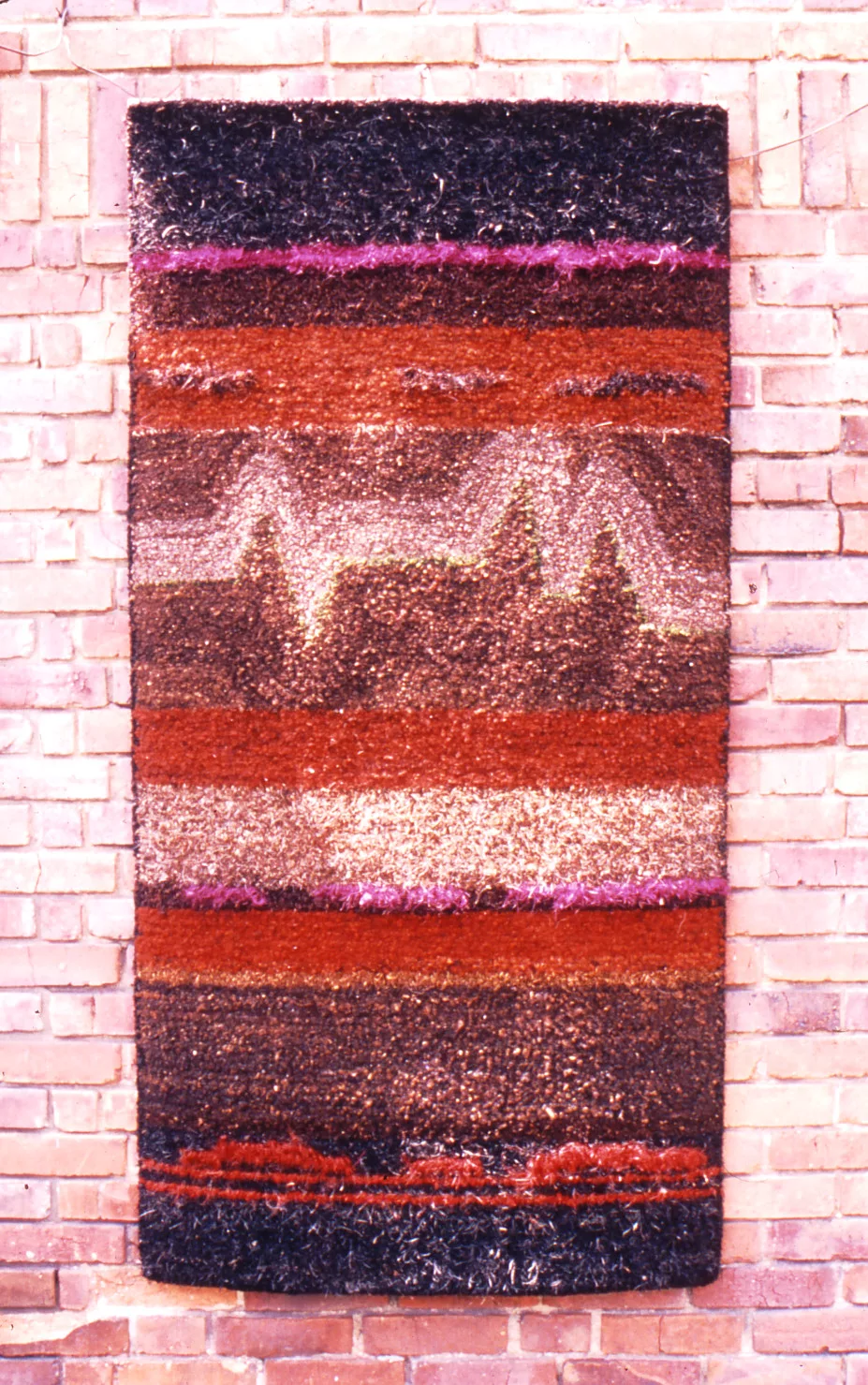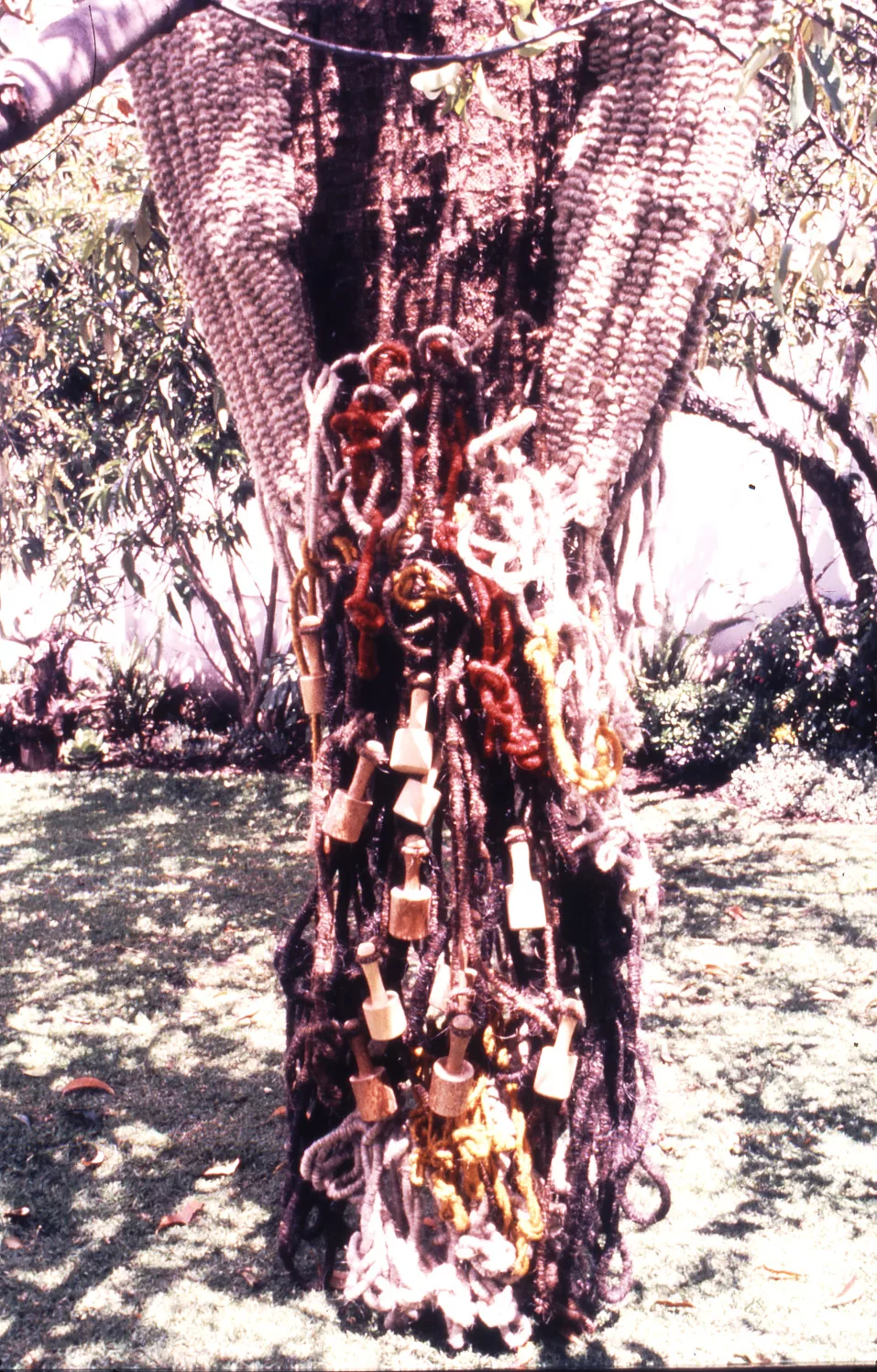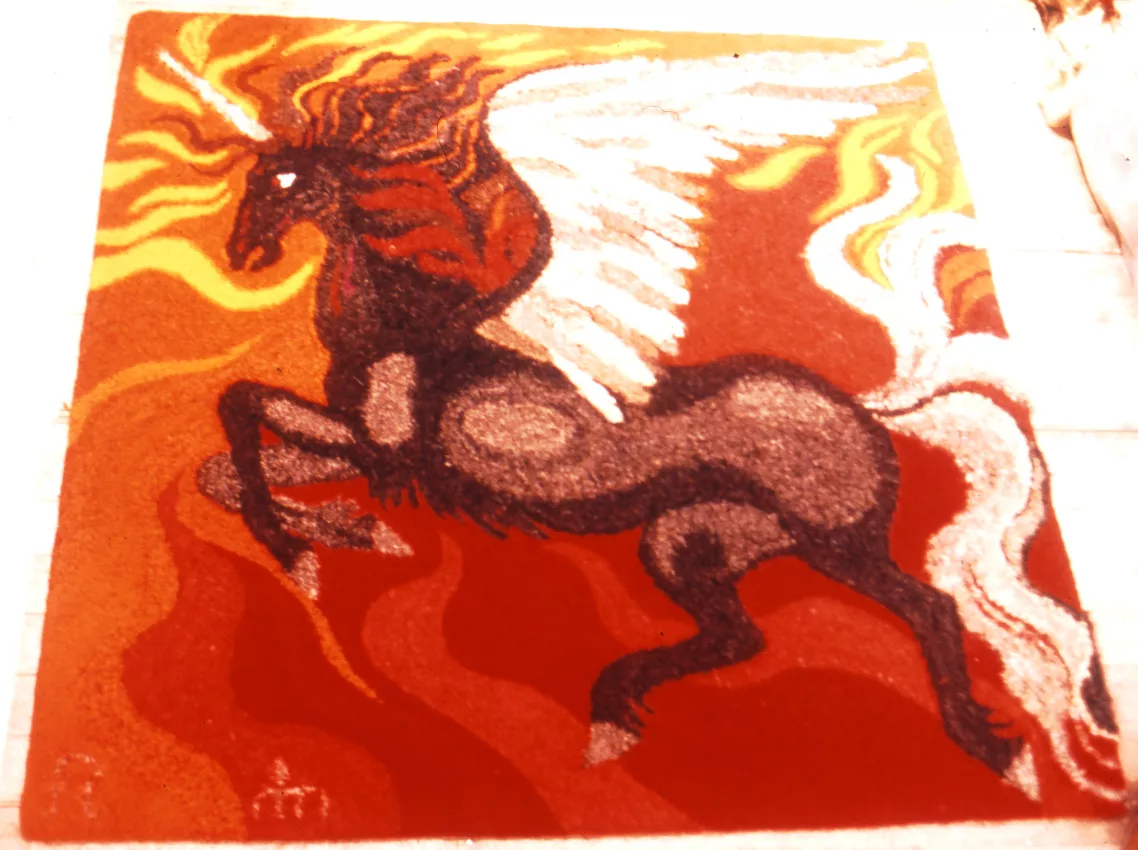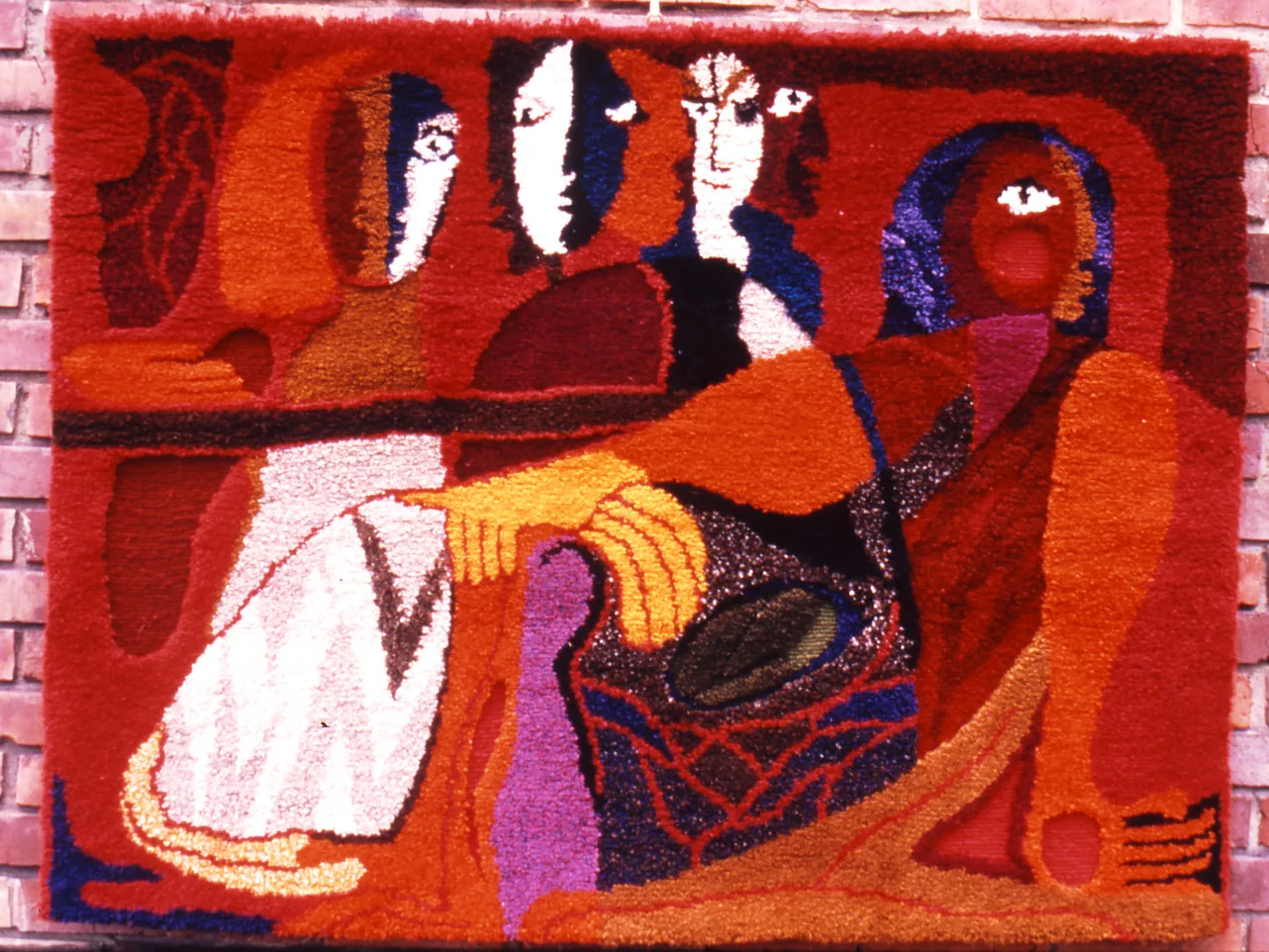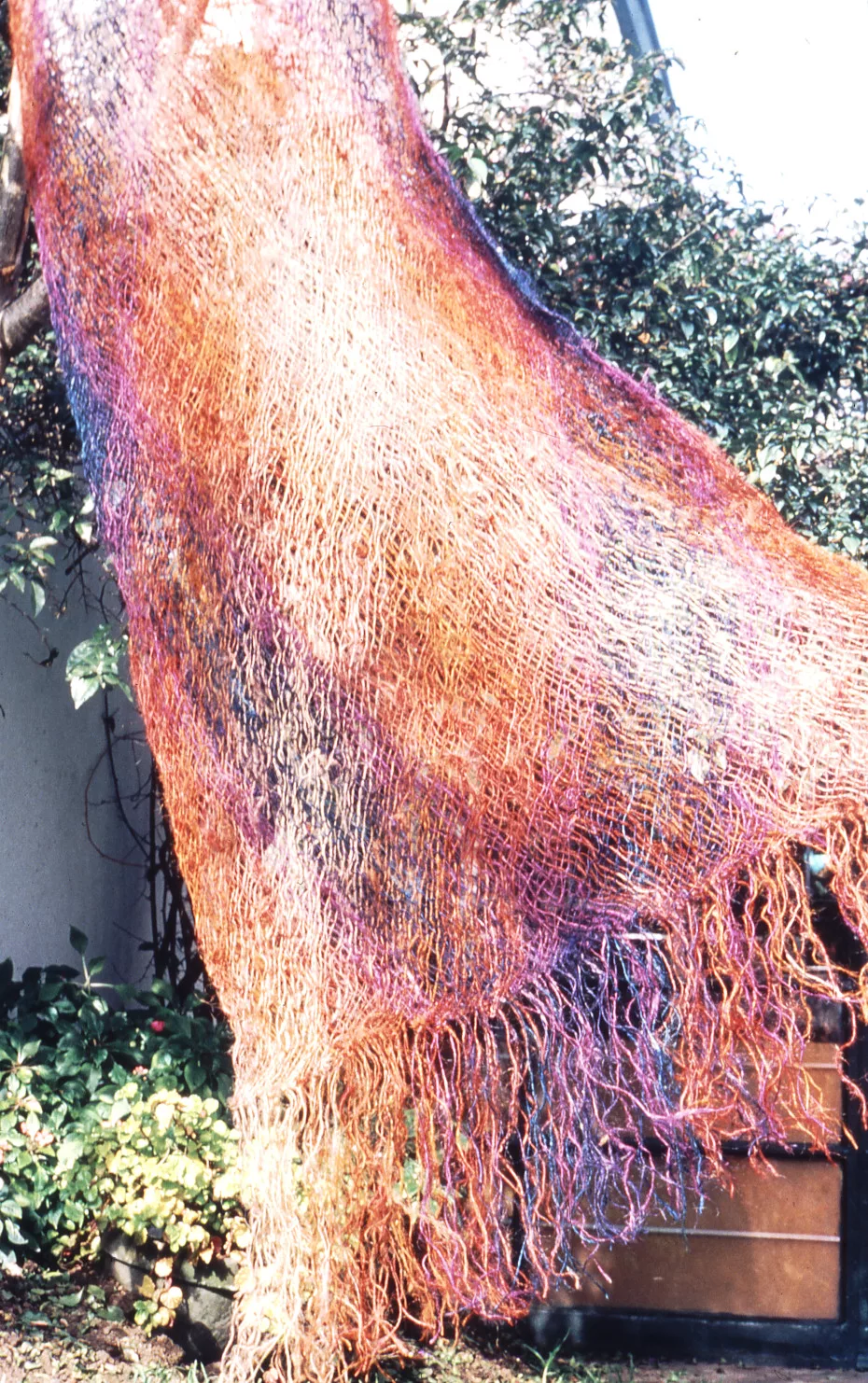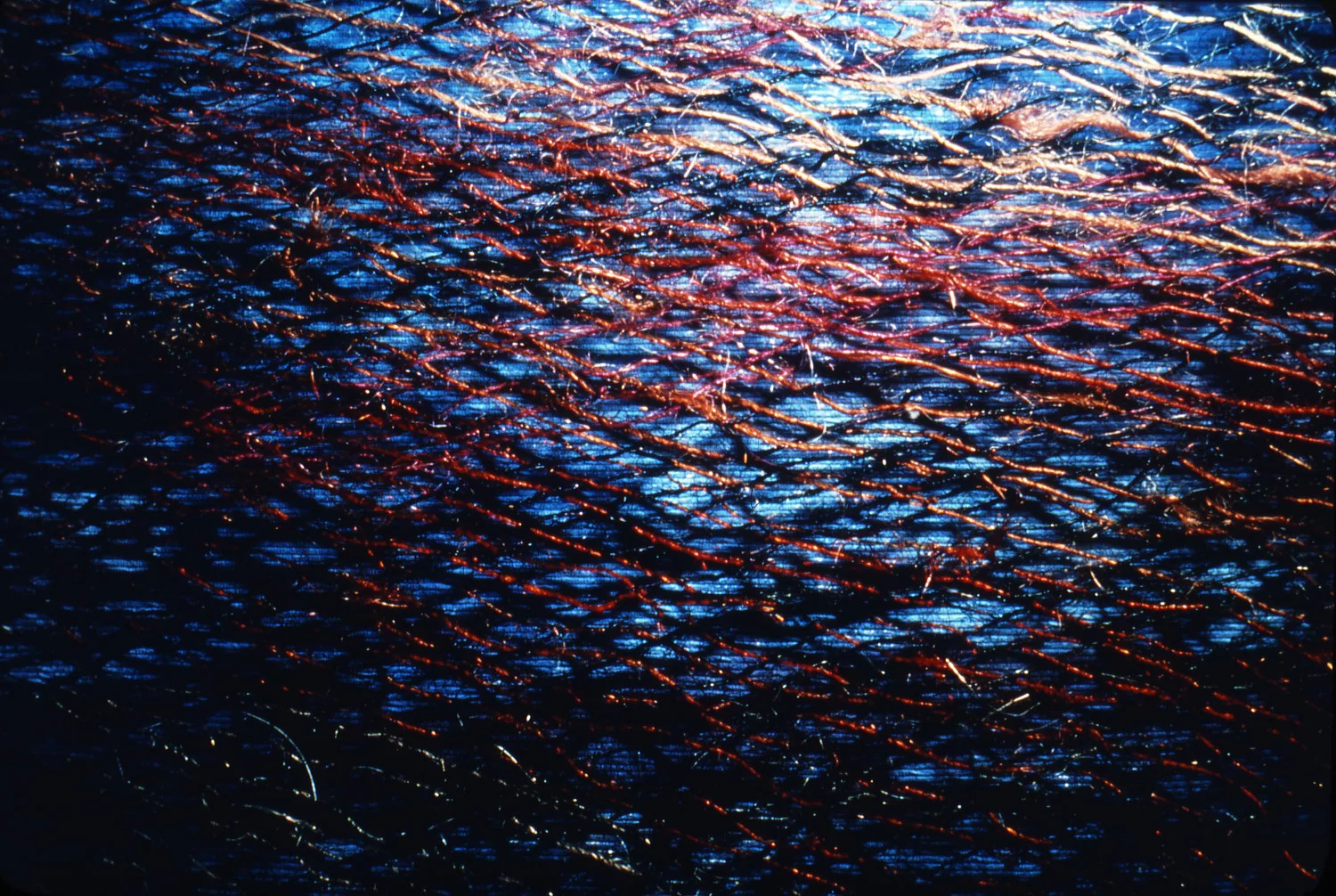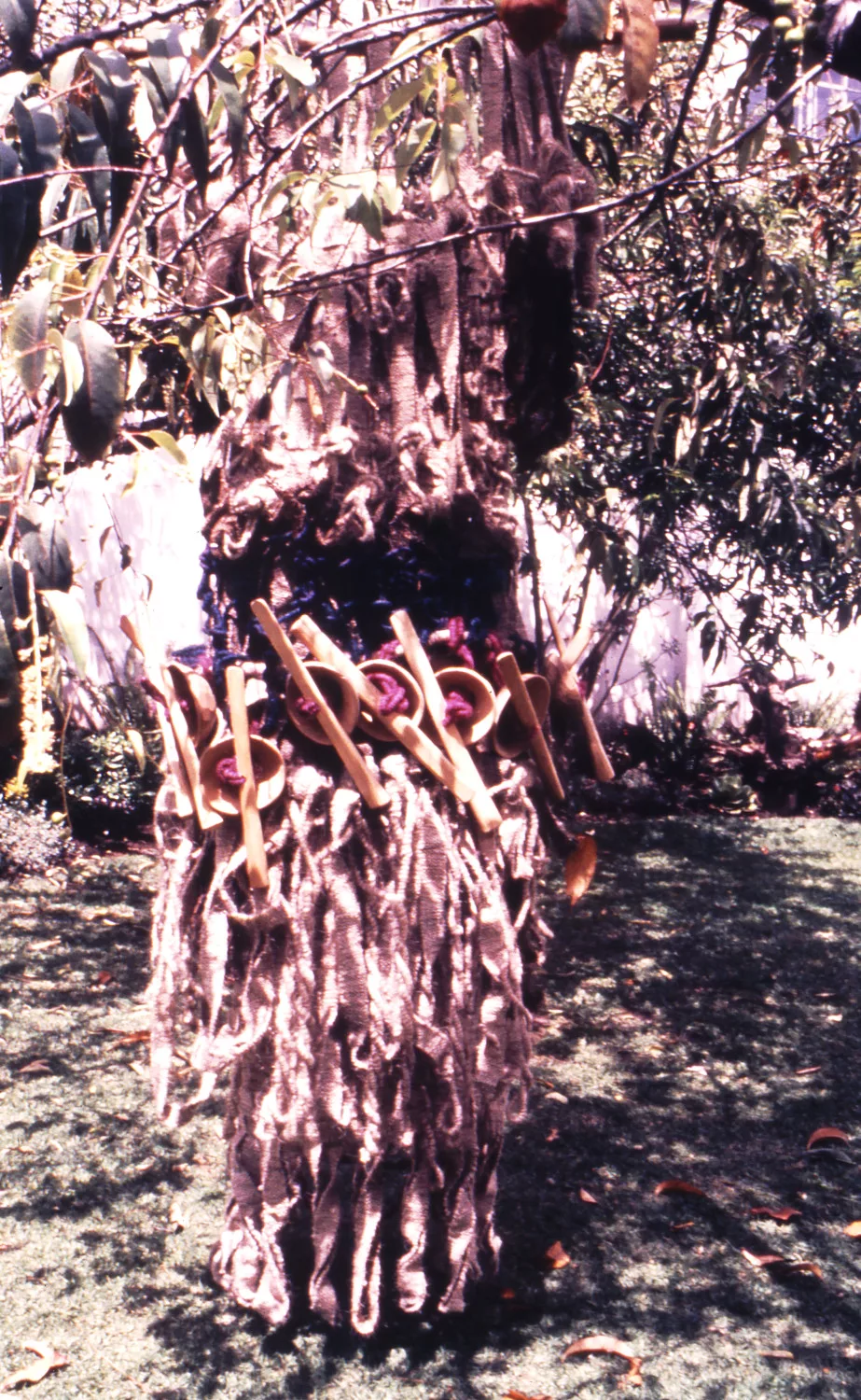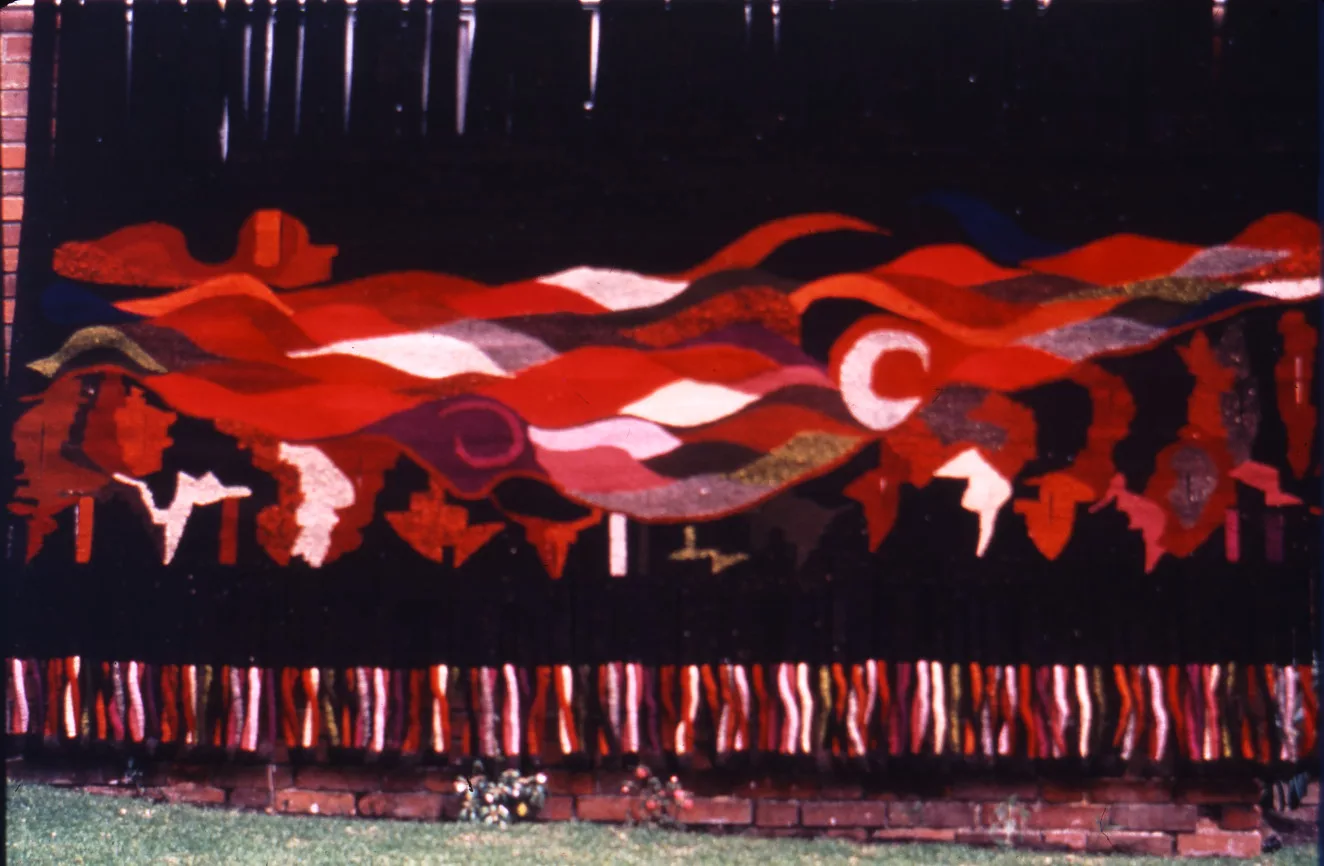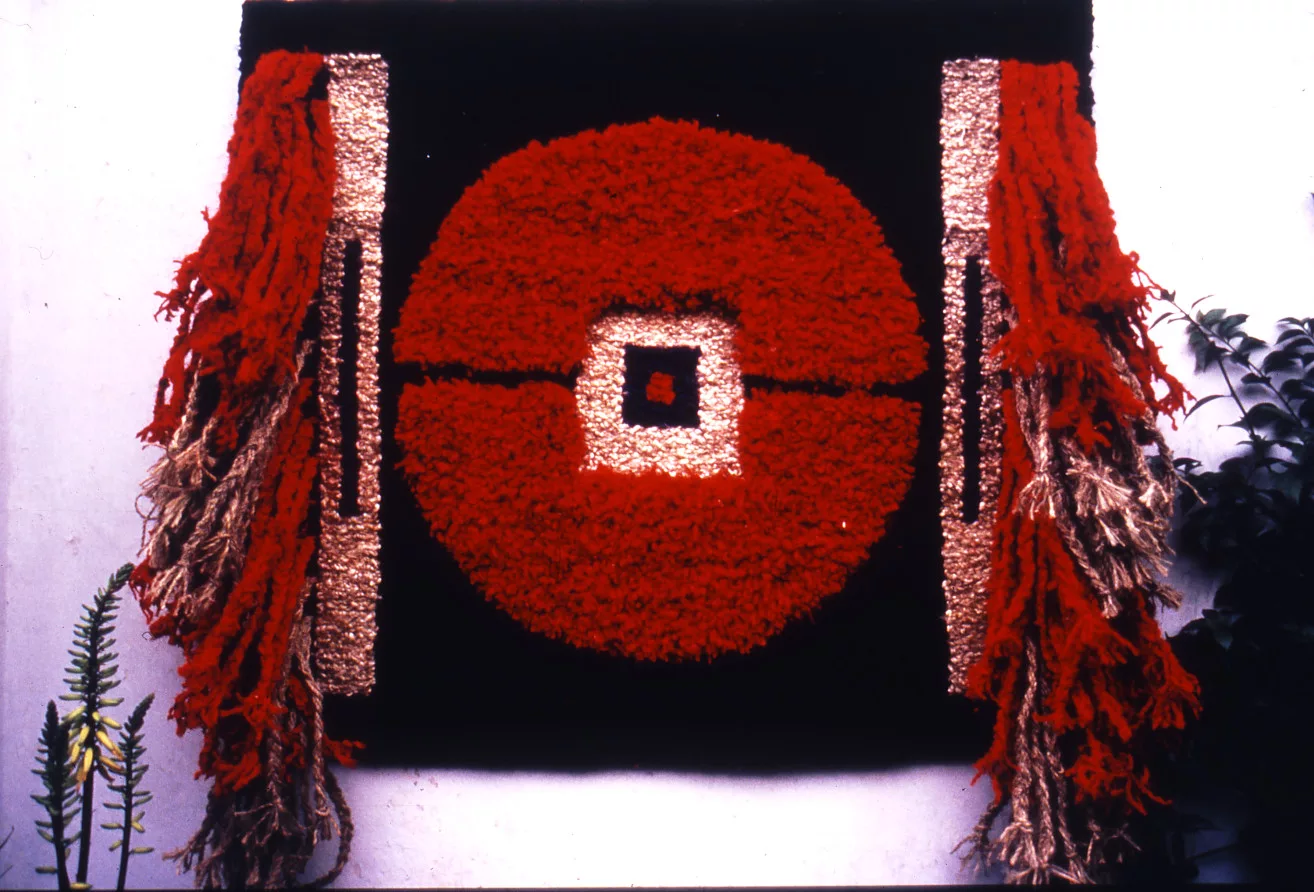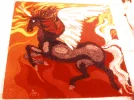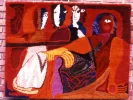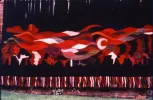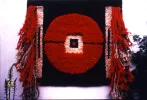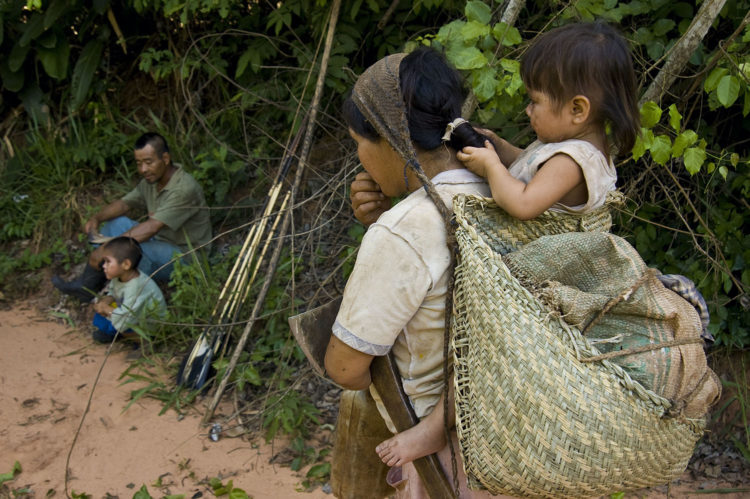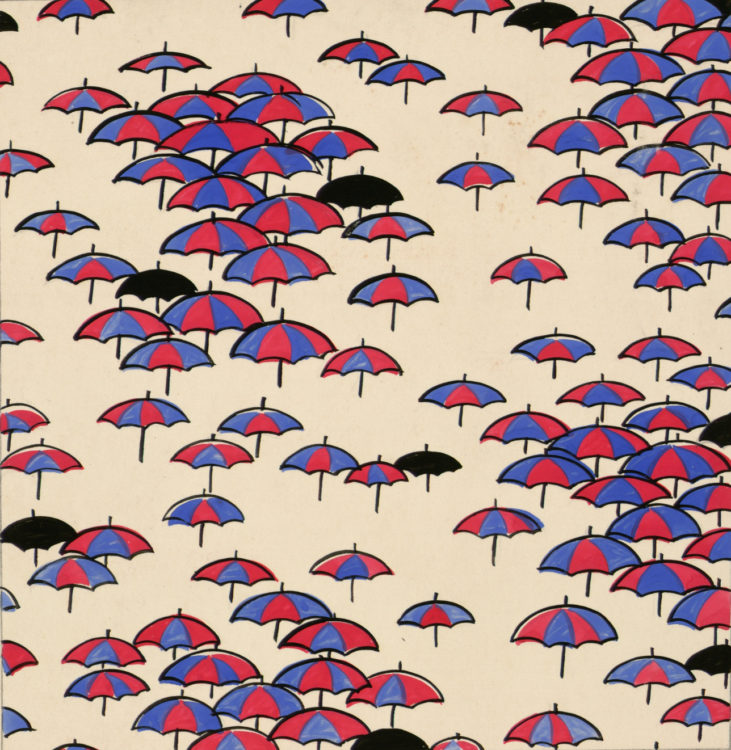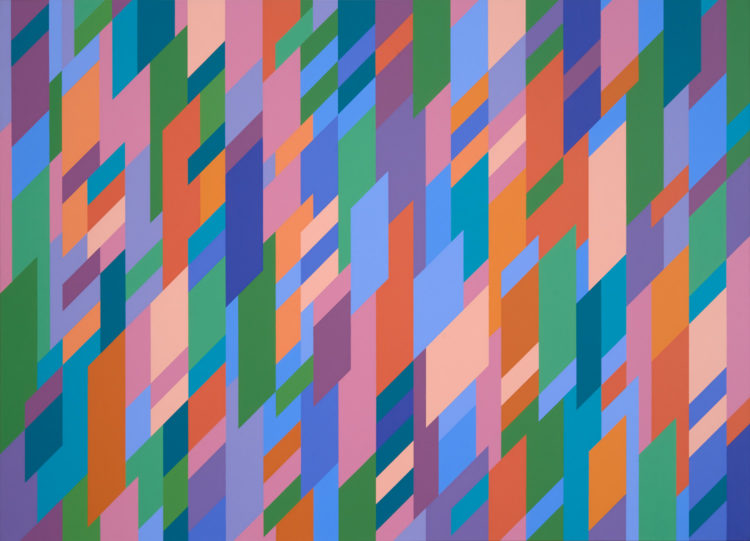Marlene Hoffmann
Guerrero, María Teresa, “Origen del arte textil colombiano contemporáneo”, Historia Crítica, n° 09, 1994, p. 81–93
→Exposition de peintures naives colombiennes et de tapisseries modernes de Marlene Hoffmann, Galerie Pont Show, Paris (22 December, 1975–22 February, 1976), Paris, Centre de Colombie, 1976
→Traba, Marta (ed.), Tapices / Marlene Hoffmann, exh. cat., Biblioteca Luis Ángel Arango, Bogotá (1967), Bogotá, Biblioteca Luis Ángel Arango del Banco de la República, 1967
Threads to the South, ISLAA, New York, 28 March–27 July, 2024
→Exposition de peintures naives colombiennes et de tapisseries modernes de Marlene Hoffmann, Galerie Pont Show, Paris, 22 December, 1975–22 February, 1976
→TXT, Instituto de visión, Bogotá, 28 November, 2015–3 February, 2016
Colombian textile artist.
Marlene Hoffmann’s trajectory is striking for its combination of conceptual rigour, rich materiality and a Bauhaus-inspired aesthetic reimagined for a Colombian cultural context. Her abstract works unite international modernity with rural and indigenous traditions.
Having studied architectural drawing at Bogotá’s Colegio Mayor de Cundinamarca (1952), M. Hoffmann took classes in painting and sculpture at the Universidad Nacional de Colombia between 1953 and 1954. In 1953 she joined the Cranbrook Academy of Art in Bloomfield Hills in the United States together with Olga de Amaral (1932–). It was here that she encountered the Bauhaus philosophy, which sought to abolish the hierarchy between art and craft. Textiles would now become her chosen medium.
During the 1960s, M. Hoffmann began to develop her innovative textile practice, situated at the crossroads of sculpture, design and applied art. In 1961 she wove Shantung silk and Egyptian cotton into fine ties and shawls, which became prised among the Bogotá intelligentsia. In 1962 she founded a studio in Bogotá based on the principles of the Bauhaus movement, aiming to unite art and craft. In 1964, during a residence in Worpswede, Germany, she dove deeper into her tapestry practice, reflecting on how the artisanal traditions of the North might inspire a sober, functional and spiritual modernity. She revisited the ruana, the Wayuu manta and other traditional Colombian clothing, constructing sophisticated garments rich in texture and vibrant with colour. Precious fibres, virgin wool from Ubaté (Boyacá), natural dyes, artisanal carding and ancestral techniques were woven together. The artist’s hybrid creations, at once clothes and works of art, became powerful aesthetic declarations of inclusivity destined to circulate in the fashion world.
M. Hoffmann’s work continued to evolve in the 1970s, towards purified geometric forms with line and colour as structural elements, bringing her closer to the Op Art movement. She drew on organic forms to create three-dimensional textile installations: works such as Espigas [Ears of Wheat, 1970] and Cascada [Waterfall, 1970] were freely inspired by a pre-Colombian textile tradition, and marked a new sculptural dimension in her work.
In the 1980s, the vogue for Bauhaus design and craftsmanship was waning in Colombia. M. Hoffmann’s textile business entered a period of crisis, and she closed the studio in the 1990s. Stepping away from the art scene, she gave away her looms and devoted her final years to reading and painting.
Alongside Olga de Amaral and Stella Bernal (both 1932–), M. Hoffmann was a pioneer of Colombian textile art. As the vice president of the Asociación Colombiana de Diseñadores Textiles Contemporáneos, she also helped structure textile design programmes at the Universidad de los Andes (around 1968). Her work was shown at the inauguration of the Museo de Arte Moderno de Bogotá (1963), and at the Berlin International Fair (1964), the Palacio de Bellas Artes, Cali (1965) and the Galería de Arte Contemporáneo, Medellin (1965). More recently, it was included in the group exhibition Threads to the South (2024) at the Institute for Studies on Latin American Art in New York. The work of M. Hoffmann is present in a number of public and private collections, notably at the Museo de Arte Moderno in Bogotá, but has yet to be fully catalogued.
In collaboration with the Fondation Cartier pour l’art contemporain
© Archives of Women Artists, Research and Exhibitions, 2025


